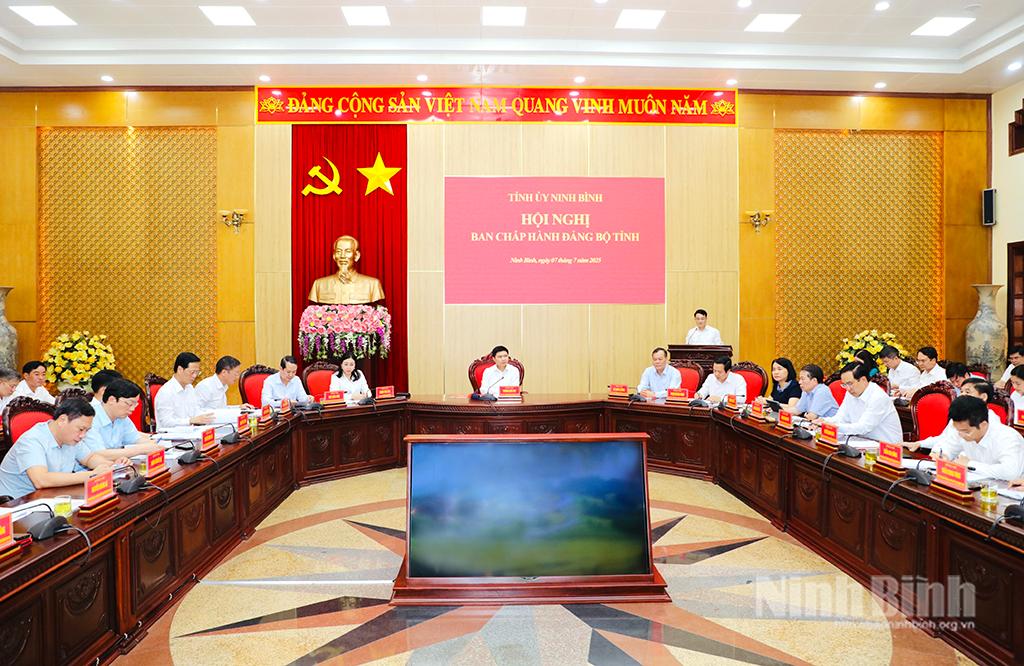Ninh Binh works to turn tourism into spearhead sector

Ninh Binh is blessed with a favourable geographic location, where there are tourism-favoured elements like rivers, mountains, forests and a diverse ecosystem.
The Trang An landscape complex, which has recently been recognized as a world cultural and natural heritage by UNESCO, is emerging as a tourist magnet of the province.
Cultural and historical heritage, including Hoa Lu ancient capital, Van Long natural reserve, Bai Dinh pagoda, Tam Coc- Bich Dong, and traditional festivals like Truong Yen festival, Bai Dinh new yearf estival, and Consecrated Quy Minh DaiVuong festival have become a draw to tourists far and wide.
The stone-carving village of NinhVan is increasingly attractive because of its artistically architectural products.
These rich features have brought good earnings for the local tourism sector from 2010 - 2014 when the number of tourist arrivals has risen to 8.9 percent and turnover averaged 14.5 percent a year.
In the first nine months of 2015, Ninh Binh received 5.1 million visitors, up 36.6 percent from same period last year. Total tourism revenue reached 1.1 billion VND, increasing 50.7 percent compared to the same period in 2014.
The outcomes were attributed to the leadership of the provincial Party Committee and the provincial People's Committee, coupled with efforts made by relevant sectors and enterprises operating the field.
There are, however, challenges and difficulties facing the tourism sector. Inadequate promotion activities, poor-quality accommodations and low-performed tourist products and staff are a few to name.
At its 21st Party Congress for the 2015-2020 tenure, Ninh Binh passed 15 goals, including the one on the tourism sector's annual revenue of 3 trillion VND (132 million USD).
The province has concurrently issued several mechanisms and policies to realise its tourism development goal.
There are the building of a synchronous and modern infrastructure for traffic system and entertainment areas and the improvement of the quality of local entertainment services and tourist facilities.
Developing a variety of tourist products that are closely linked with cultural and natural heritage sites and craft villages, as well as partnerships with travel agencies to promote tourist potential was highlighted.
Special attention are suggested to be paid to diversifying tourist products and building more attractive entertainment areas that could encourage visitors to spend more money and stay longer in the province. These efforts are expected to help the tourism sector ensure its ultimate sustainable development goal is reached.
(Translated by Nguyen Thuy)


